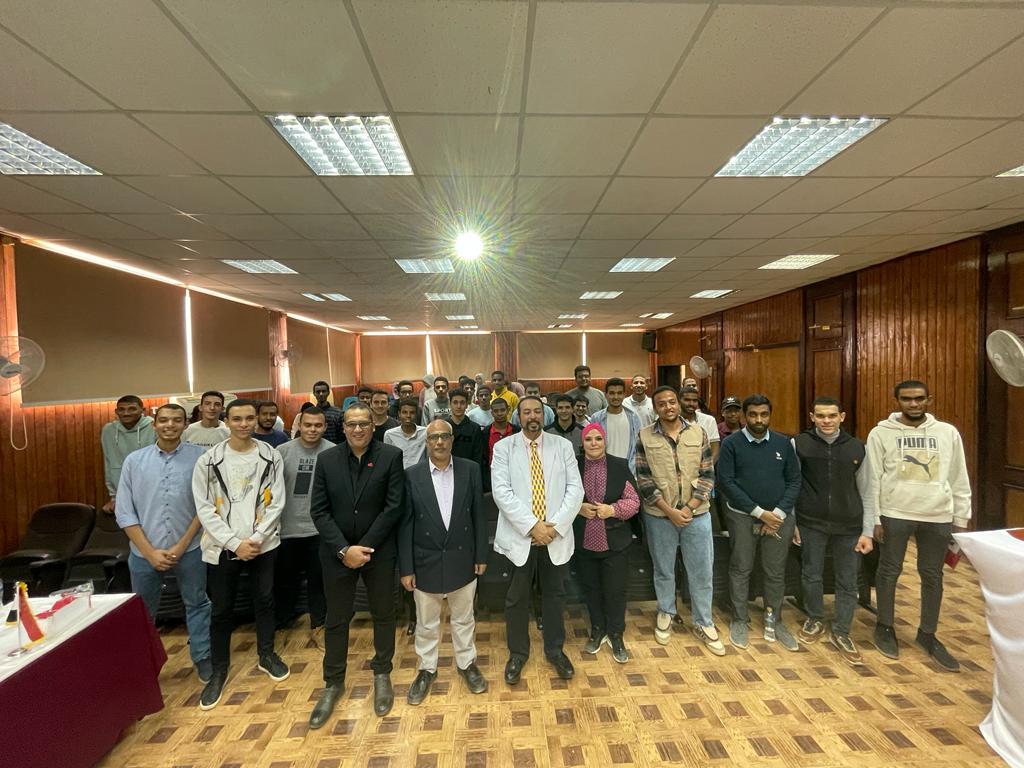- F5’s Inaugural Digital Maturity Index: Only 4% rank at the highest level of digital maturity, compared to 31% classed as ‘dawdlers’
- No organization in healthcare, financial services or energy/utilities classed as a digital ‘doer’
By ; Mohamed Elttar
After decades of investment in digital transformation, only a minority of organizations can claim to have reached an advanced level of digital maturity, analysis from F5 suggests.
For F5’s inaugural Digital Maturity Index1, 300 responses from the 2023 State of Application Strategy Report were assessed against a set of six technical capabilities2: infrastructure, app delivery, data, Site Reliability Engineering (SRE) operations, observability and automation, and security.
Based on the research, a mere 4% can be classified as digital “doers”. In other words, organizations that have adopted and integrated technology to the point where it is core to business delivery – leveraging data and analytics to make decisions, providing digital services, and harnessing emerging technologies to enter new markets and gain competitive advantage.
In some key sectors, including financial services, healthcare, education and energy/utilities, no organization surveyed ranked in this category.
By contrast, the vast majority (65%) are in the middle ground: digital ‘dabblers’ who scored strongly in some areas but not consistently across the six key capabilities assessed – IT infrastructure, data, app and app delivery, observability, and automation, SRE practices and security.
The remaining 31% are the “dawdlers”, who lagged in all of the twelve measures used, which included the distributedness of infrastructure, app delivery and security, observability strategy, deployment of automation in key areas, and the use of telemetry to harness data insights.
“At a time when there is more focus than ever on the power of disruptive technologies, this analysis measures the readiness of organizations to take advantage,” said Lori MacVittie, F5 Distinguished Engineer. “That so few organizations are digitally mature may come as a surprise, but it underlines the complexity of this transition and the sheer breadth and depth of technical capabilities required to succeed. Even after long journeys of digital transformation, there remains a great deal of work for most organizations to do.”
Automation and public cloud tell a story
The adoption curve of key technologies paints a clear picture about what differentiates the digital doers from the dawdlers. Whereas 100% of the former described their organizations as automated, just 30% of dabblers and 6% of dawdlers said the same. Over half of the latter said they had not made any progress on their automation journey.
When it comes to the use of AI and machine learning (ML), there was strong convergence between the doers and dabblers: in both cases 35% said they are using or planning to use their technologies in security and 29% each in line of business. The dawdlers stood out, with almost a quarter (24%) not making any use of them, although 27% of them were doing so in operations and security.
Public cloud is another key indicator of digital maturity. While at least a fifth of organizations across all categories are using it in business continuity and development, there was a notable group of dawdlers (39%) making no use of public cloud, compared to only 7% of dabblers and none of the doers.
The approach to security is also telling: while the vast majority of doers are using a platform approach to secure their business (91%), infrastructure (82%) and applications/APIs (74%), those numbers are progressively lower among dabblers and dawdlers – 13% of whom are not using a platform approach at all.
Even the mature may struggle
While the most digitally mature organizations stand out from their peers in use of technology, that does not mean their digital transformation journeys are proceeding untroubled.
F5’s research found that even the most advanced are still struggling in some areas, especially when it comes to generating actionable insights from data. The doers were most likely to cite either a lack of visibility when it comes to obtaining insight (75% compared to 54% of dabblers and 50% of dawdlers), or siloed data (66% against 55% and 43%). For the majority – the dabblers – the biggest problem was a lack of observability, highlighted by 53% compared to only a quarter of doers.
“Digital transformation is a marathon and not a sprint, and our research says more about the scale of the challenge than whether companies are succeeding or failing,” said MacVittie. “Even those classified as dawdlers are showing signs of maturity in one or two domains: what they lack is a consistency in adopting and integrating digital approaches across business, infrastructure and applications.”
“It’s also important to note that some industries are bound to move slower than others due to the nature of regulation and governance, notably financial services and healthcare. This is not a race and every organization must find its own path to transformation, at its own pace,” MacVittie added.
“Equally, there should be no doubt about the importance of this process. F5’s research has consistently found that digital maturity is strongly correlated with increased productivity, customer satisfaction, revenue generation and resilience.
“The future of every industry depends on the ability to achieve digital transformation: this research shows how comprehensive the approach must be if an organization is to take advantage and realize the opportunities that disruptive technologies are bringing every day.”













































































